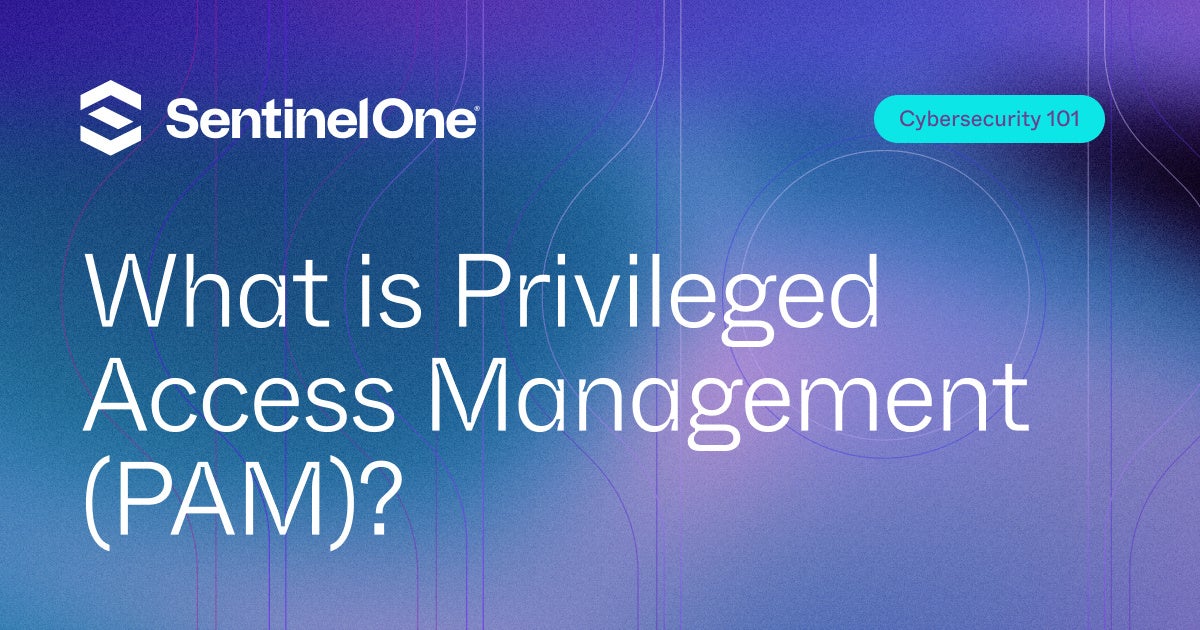Privileged Access Management (PAM) is a security strategy for controlling and monitoring access to sensitive accounts. This guide explores the importance of PAM in protecting against insider threats and unauthorized access.
Learn about the key components of PAM solutions and best practices for implementation. Understanding PAM is essential for organizations to safeguard their critical assets and maintain compliance.

A Brief Overview & History of Privileged Access Management (PAM)
PAM is a cybersecurity strategy and set of technologies aimed at safeguarding an organization’s most sensitive data and critical systems by meticulously controlling and monitoring access to privileged accounts. These accounts hold extraordinary power, typically granted to system administrators, allowing them to access, configure, and manage essential resources within an organization’s IT infrastructure.
As organizations continue to expand their digital footprints, the number of privileged accounts proliferates, leaving them vulnerable to both external cyber threats and internal misuse. PAM solutions provide granular control over these accounts, ensuring that only authorized users could access them.
Today, PAM is widely used across various industries, as the importance of safeguarding sensitive data and critical systems continues to grow. PAM solutions include components such as privileged password management, session monitoring, access control, and privileged user behavior analytics. These elements collectively help organizations enforce the principle of least privilege, restrict unauthorized access to privileged accounts, and provide comprehensive auditing and reporting capabilities.
Understanding How Privileged Access Management (PAM) Works
PAM is a critical component of identity-focused cybersecurity and it works by implementing a set of technical processes and controls to manage, monitor, and secure access to privileged accounts and sensitive systems. This includes:
Identification of Privileged Accounts
PAM begins by identifying and classifying privileged accounts within an organization. These accounts often include those with administrative or root access to critical systems, databases, and network devices.
Access Request and Approval
When users require access to privileged accounts, they initiate access requests through the PAM system. These requests are typically subject to an approval process that involves managers or other designated personnel.
Authentication and Authorization
Before granting access, PAM requires users to authenticate their identity. This often involves multi-factor authentication (MFA) or other strong authentication methods. Once authenticated, PAM authorizes users based on their roles and responsibilities, providing access only to the resources necessary for their tasks.
Session Management
PAM creates isolated, monitored, and audited sessions for users accessing privileged accounts. This isolation prevents unauthorized lateral movement within the network. Session management also includes capabilities like session recording, keystroke logging, and real-time monitoring, ensuring a detailed audit trail of all actions taken during a session.
Password Management
PAM solutions often include password vaults, which securely store privileged account credentials. Passwords are rotated automatically at specified intervals to reduce the risk of unauthorized access. Users typically access passwords through the PAM system, which logs and audits each access.
Access Control Policies
PAM systems enforce access control policies that dictate who can access which privileged accounts and under what circumstances. Policies are granular and can be tailored to align with an organization’s security requirements.
Audit and Reporting
PAM solutions maintain comprehensive audit logs of all activities related to privileged accounts. These logs serve multiple purposes, including compliance reporting, incident investigation, and continuous monitoring for suspicious activities.
Exploring the Benefits of Privileged Access Management (PAM)
PAM has become a critical component of modern business cybersecurity, especially as the threat landscape continues to evolve. PAM solutions are widely used in current businesses to protect sensitive systems, data, and resources from unauthorized access, mitigate insider threats, and ensure compliance with regulatory requirements.
The implementation of PAM in business environments offers several notable advantages:
- Enhanced Security – PAM solutions significantly reduce the risk of unauthorized access to privileged accounts, which are a prime target for cyber attackers. This enhanced security minimizes the likelihood of data breaches and system manipulation.
- Mitigation of Insider Threats – PAM helps prevent insider threats by closely monitoring user activities. Suspicious actions, anomalies, and unauthorized access attempts can be promptly detected and addressed.
- Compliance Adherence – Many industries are subject to strict regulatory requirements, such as GDPR, HIPAA, or SOX. PAM solutions simplify compliance by providing detailed audit logs and access controls.
- Efficiency and Productivity – PAM solutions streamline privileged access management, reducing the administrative overhead associated with user provisioning and deprovisioning. Automation and centralized management lead to increased efficiency and productivity.
- Reduced Attack Surface – By restricting access to privileged accounts and closely monitoring user behavior, PAM minimizes the potential attack surface, making it more challenging for attackers to exploit vulnerabilities.
Conclusion
The significance of PAM lies in its ability to mitigate insider threats, protect against external cyberattacks, and enhance overall cybersecurity postures. By establishing strict controls over privileged access, PAM solutions reduce the risk of unauthorized data breaches, system manipulation, and other forms of cybercrime. As a result, PAM ensures that only trusted individuals can access an organization’s most critical digital assets, bolstering security in an environment where data breaches and cyber threats are increasingly prevalent.